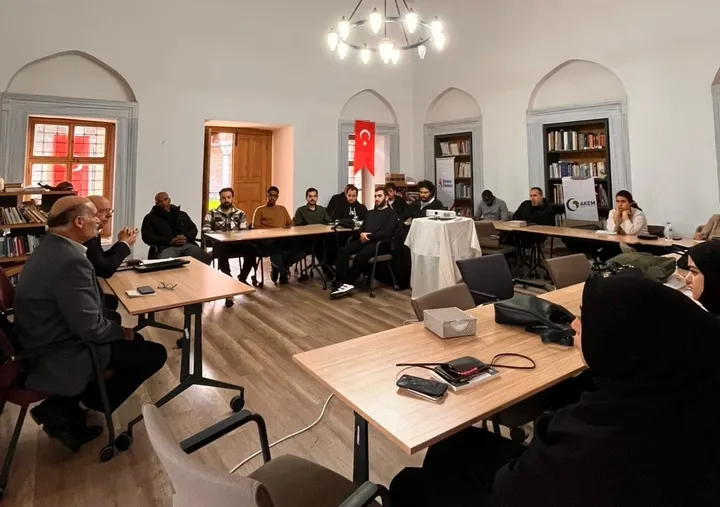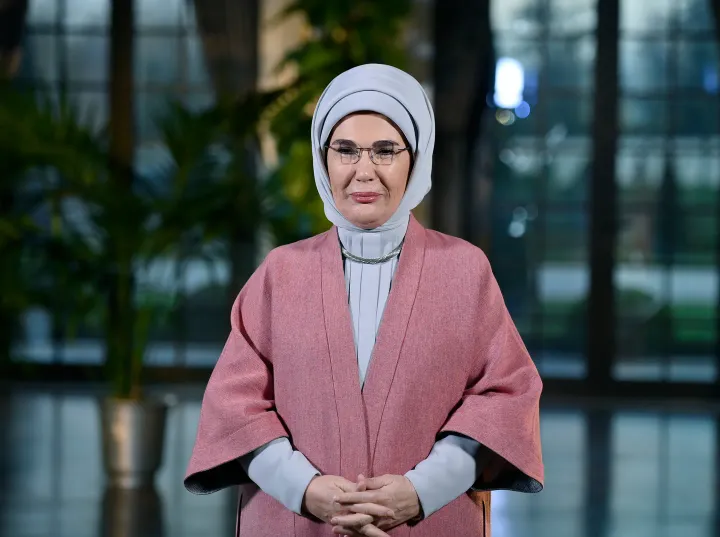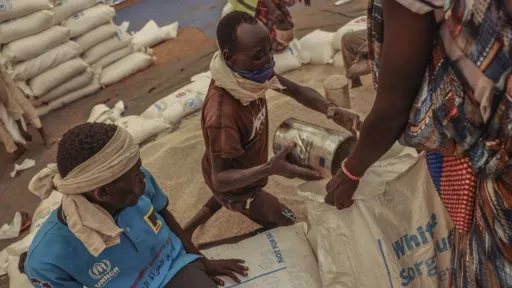By Murat Sofuoglu
Two years ago, in the early hours of February 6, two powerful back-to-back earthquakes shook Türkiye’s southern provinces, claiming the lives of more than 50,000 people and leaving more than 100,000 injured, according to officials estimates.
Entire communities were reduced to rubble as the disaster struck under freezing temperatures, catching many in their sleep.
The earthquakes, centred in Kahramanmaras, were a painful reminder of the region’s seismic vulnerability, a reality embedded in the history of the Anatolian territories that spans back to the 3rd millennium BCE, according to records.
Yet, amidst the devastation, the nation’s spirit remained unbroken. A collective effort – led by the government, supported by local communities, and bolstered by international solidarity – ensured that recovery began almost immediately.
Despite the scale of destruction, which left many towns and cities in rubble, Türkiye has forged ahead with one of the most extensive reconstruction efforts in its history.
Under the Ministry of Environment, Urbanisation and Climate Change, more than 450,000 new residences will be delivered by the end of this year, and thousands more have already been completed.
The government’s commitment is evident in the tireless work of thousands of engineers, construction workers, and volunteers who continue to rebuild homes, hospitals and infrastructure.
Until now, more than 200,000 residences and workplaces have been constructed across all earthquake areas from Hatay to Kahramanmaras, Malatya, Adiyaman and other areas in all 11 provinces, according to the ministry.
Hatay: the beating heart of reconstruction
Hatay, located in southern Türkiye and neighbouring Syria, was the hardest hit province with more than 30,000 deaths. In two years, it’s seen more than 46,000 residences and workplaces already completed.
“Our state is here with all its power. Hatay has been turned into the biggest reconstruction site across the earthquake-hit areas. They do their best on a 24-hour basis,” says Ahmet Horoz, a 59-year-old businessman and the president of Hatay Industrialist Businesspersons Association.
It’s a region rich in history and culture that has today become a focal point for rebuilding efforts.
The province is home to 15 districts, including ancient Antakya (Antioch) and Iskenderun, a Mediterranean port-city which took its name from Alexander the Great, whose army marched through the region during his famous expedition to the Middle East.
Under the coordination of TOKI, a government-backed housing agency, an army of 182,000 workers is operating across 3,481 construction sites in 11 provinces, the ministry announced yesterday.
The new buildings adhere to stringent earthquake-resistant standards, with government-led construction efforts particularly focused on ground-strengthening efforts.
“New residences and workplaces are being built, according to strict development rules,“ says Horoz, ensuring safer living conditions for the future.
“On the one hand, construction is being carried out and on the other hand, residences are being delivered. Our governor works like a construction site manager, doing his best to finish both homes and workplaces as early as possible,” Horoz tells TRT World.
Not only new residences but also hospitals have been built in both Antakya and Defne, the two districts, which were badly hit by the twin earthquakes and thousands of aftershocks, he says.
Demolishing damaged or collapsed buildings also requires a big effort, says Horoz.
More than 70 percent of those buildings impacted by the earthquakes have been demolished, he says, drawing attention to the fact that some legal issues involving landlords and their relatives have delayed some reconstruction efforts.
‘Nice’ village homes
While urban centres witness large-scale rebuilding, rural communities have not been forgotten.
Since 2023, the government has constructed more than 30,000 village homes, providing safe and sustainable housing for those displaced, according to the ministry records as of December 2024.
Aziz Yoldas, a 52-year-old security guard from Gaziantep’s Nurdagi district, praised the effort: “The government is doing a good job in village home construction. They all look nice,” referring to the those houses built in rural areas.
During the earthquakes, Yoldas lost two brothers, their wives and four of his nephews, who lived in an apartment building next to his home.
His older brother passed away a few months after the earthquakes due to the immense psychological pressure his losses brought on him.
For many survivors, rural areas have become sanctuaries offering stability on stronger natural grounds against tremors. As reconstruction spreads, these villages will play a crucial role in Türkiye’s long-term recovery.
The road ahead
While remarkable progress has been made, challenges remain. Many residents who fled the disaster zones have yet to return, citing employment shortages and the absence of social infrastructure.
But one of the biggest problems earthquake-hit areas face is bringing workforce back to earthquake zones, from which many people have migrated to other areas seeking both employment and better life conditions for their families, according to Horoz.
Business leaders like Horoz acknowledge that revitalising trade, agriculture, and daily life is just as crucial as rebuilding homes.
“As a businessman, I have a difficult time persuading people to return to earthquake areas to work for our companies,” says Horoz, pointing out that despite much government support and reconstruction efforts, many social activities from sports to other entertainment events are still lacking in earthquake areas, making people unwilling to return.
“At least 200 employees left my company because they lost their family members as some of them died due to the earthquakes.
Many employees migrated to other areas due to their family conditions. Until recently, we could not easily find people who could work for us. All this contributed to a slowdown in our company,” says Siddik Onler, a leading businessman from Hatay.
Yet, hope persists. New job opportunities are emerging, and community-driven initiatives are helping restore normalcy. With continued government support and public determination. Türkiye’s earthquake-hit regions are steadily rising from the ruins.
“The city centre is slowly recovering,” says Onler, reflecting on reconstruction efforts in Antakya and Defne, the two heartlands of the province.
He lost 20 of his close relatives in the disaster, but despite his grief, he remains hopeful. “The old city centre began to show itself.”
Türkiye’s reconstruction journey is far from over, and will take time, Arif Keskin, a 45-year-old carpenter from Gaziantep’s Nurdagi, tells TRT World.
Its resilience is unwavering. With each new building, each restored street, and each returning family, a nation heals – turning sorrow into strength and devastation into renewal.
➤Click here to follow our WhatsApp channel for more stories.
























